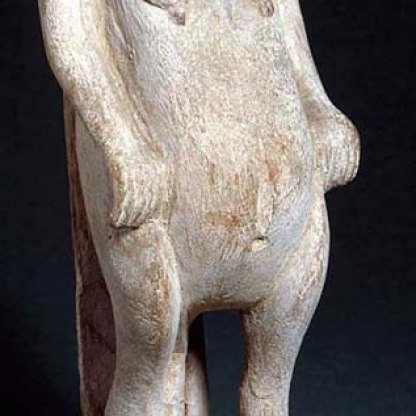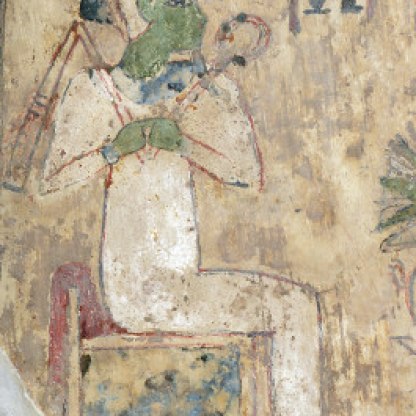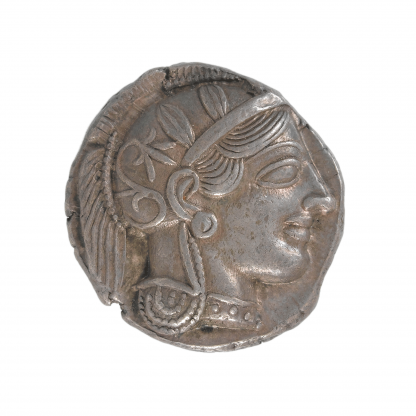Maat
The concept of maat is central to understanding ancient Egyptian culture. In its simplest form, the term means something equivalent to ‘rightness’ and ‘orderedness'. The hieroglyphic sign for maat is a feather, and the concept was personified as the goddess Maat, who was usually depicted as a female goddess with the feather hieroglyph on her head.
From early in Egyptian history it was believed that the king’s chief responsibility was to ensure that maat was maintained in the world – i.e. in Egypt. He had to be seen to be carrying out this responsibility by, for example, defeating the country’s enemies. So, a depiction of a king engaging and destroying enemies in battle does not necessarily indicate that he himself did any real fighting. It might simply symbolise his maintenance of maat.
Egyptian temples represent the establishment of maat on earth: within their walls all is ordered correctly, whilst outside lies chaos, conceived of as a watery waste. For this reason, the walls of Egyptian temples are constructed in undulating courses.
As well as depictions of the king in battle, temple walls also frequently carried scenes showing the king presenting maat to the gods. By Ptolemaic times, 304–30 BCE, maat was believed to have come down to earth from the sky. It seems that it was thought of as a gift presented to the world by the gods, maintained by the king and returned by him in a good state.
Because he maintained maat, the period following the death of a king was potentially a very dangerous time. The next king had to take the throne as soon as possible, so that the forces of chaos could have no time to seize control.
Non-royal people were also expected to behave in a manner consistent with maat. After death, the individual would be held to account at a judgment, in which his or her heart was weighed in a balance against the feather of maat, in the 'Hall of the Two Maats'. Those who came through the judgment process successfully were designated maa-kheru (‘true of voice'). This phrase eventually became synonymous with ‘deceased'.
Other highlight objects you might like
Other pathways and stories you might like
Sign up to our emails
Be the first to hear about our news, exhibitions, events and more…






